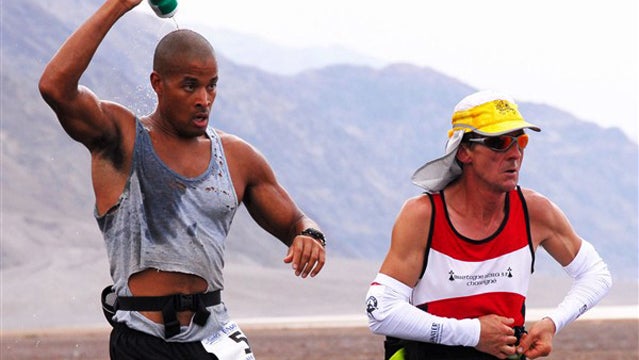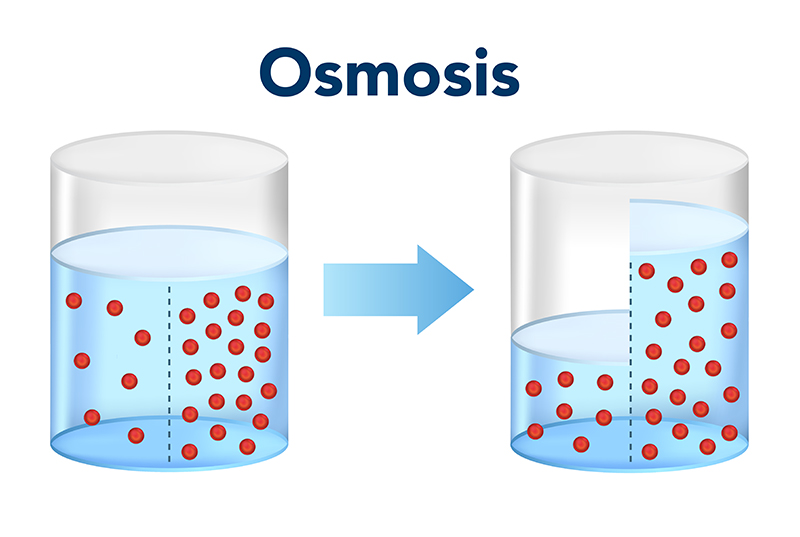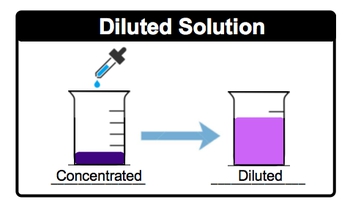Overhydration in Sports – A Chemistry Refresher
This is a topic that I recently researched and was shocked to learn about. Nowadays, advocating proper hydration is part of the mainstream. Just think about how many people carry a reusable water bottle with them everywhere they go! It didn’t use to be like that. Good job, new generation!
However, overhydration is a concept that we rarely talk about, but it’s a genuine concern in athletics.
In 1969 guidelines began to advise athletes to drink “beyond thirst” and “as much as tolerable” in an effort to stave off heat strokes. Around this time, the first energy drink was developed with the intent of preventing “heat illness”.
However, many deaths have been attributed to these recommendations to drink, drink, drink during exercise. Why? Because they can cause hyponatremia, or low blood sodium.
The interaction between sodium and potassium is responsible for keeping fluids balanced inside and outside our cells. Sodium exists primarily outside the cells and potassium primarily inside the cells. Osmosis tells us that where there is a high concentration of stuff (solutes), water will go. If the concentration of sodium in our blood drops, fluid moves into the cells where there’s a high concentration of potassium. This causes our cells to swell.
When cells in sensitive organs like the brain swell, it can cause serious issues like seizures or coma.
Our kidneys keep our sodium levels in check and pee out excess fluids or sodium if needed. However, when we exercise, antidiuretic hormone is released, which tells our body to HOLD ONTO FLUIDS! It’s the combination of overconsumption of fluids and inability to pee excess fluids that causes hyponatremia!
So drinking too much water during exercise dilutes our blood and causes our sodium to dip dangerously low. What about sports drinks with added sodium? Surely they can help add back sodium that is low, right? Actually no!
Sports drinks contain too little sodium relative to the amount of fluid in the drink to fix low sodium in the blood. You’d only be further diluting your blood.
Since the 90s, the practical advice around preventing hyponatremia in sports has shifted. Authorities now recommended to drink according to thirst before, during, and after exercise.
So while we do need to maintain proper hydration (and there is evidence that sports drinks are hydrating), we don’t need to pound Gatorade beyond thirst. In fact, it could be dangerous.
-TM
Hew-Butler, T., Rosner, M. H., Fowkes-Godek, S., Dugas, J. P., Hoffman, M. D., Lewis, D. P., Maughan, R. J., Miller, K. C., Montain, S. J., Rehrer, N. J., Roberts, W. O., Rogers, I. R., Siegel, A. J., Stuempfle, K. J., Winger, J. M., & Verbalis, J. G. (2015). Statement of the Third International Exercise-Associated Hyponatremia Consensus Development Conference, Carlsbad, California, 2015. Clinical journal of sport medicine : official journal of the Canadian Academy of Sport Medicine, 25(4), 303–320. https://doi.org/10.1097/JSM.0000000000000221
Maughan, R. J. (2013). The encyclopaedia of sports medicine: An IOC Medical Commission publication. John Wiley & Sons.






Comments
Post a Comment